Sardoba dam collapse (Ouzbekistan) : one year after, secrecy prevails…
PHOTO / The reservoir on May 8 2020, showing the emptied reservoir and the extent of the flood water across Uzbek-Kazakh border
[image by: Lauren Dauphin/NASA Earth Observatory]
A year after Sardoba dam collapse secrecy prevails: All we know – the catfish and rodents not guilty!
article from coalition Rivers Without Boundaries
A year passed since May 1, 2020, when on the territory of Sirdaryo region of Uzbekistan, a breakthrough of the reservoir dam occurred, causing a flood. Buildings, roads, communications were destroyed. More than 60 thousand residents were evacuated in Uzbekistan and similar number in flooded districts of Kazakhstan. According to official data, 6 people died during the incident.
On April 30, at a briefing, First Deputy Minister of Emergency Situations, Major General Abdulla Kuldoshev named several general factors that led to the collapse of the Sardoba dam in Uzbekistan.
According to the General the Ministry of Water Resources failed to organize oversight on planning, design and construction work at a proper level. For example, The Rules for the Sardoba reservoir operation had not been approved by responsible officials prior to its filling. This process grossly violated technical and regulatory requirements.
Secondly, the design company UzGip LLC, in the process of preparing the working design documentation for the reservoir, made changes arbitrarily without observing the requirements established by the approved Feasibility Study. The working design documentation did not take into account the structural and seismic safety of the dam.
Thirdly, the contractor organization Uzbekistan Railways JSC and other subcontractors allowed the density of the foundation and the body of the dam, as well as the thickness of the filter and protective stone layer to be below the design parameters. (In other words they were saving on construction materials and skipped due stages in construction process).
For making mistakes and overlooking shortcomings in the design, construction and operation of the dam, 17 officials and responsible managers of the designer and construction organizations were brought to criminal responsibility. The indictment against them has been sent to the Supreme Court for review (however the court proceedings from day 1 were declared a “state secret”).
According to the General, now, within the framework of the criminal case, investigative actions are continuing on likely embezzlement of budget funds allocated for the construction of the reservoir. The court will soon give a legal assessment of the actions of all officials involved in the case. Additional information will be provided to the public then….
All in all this communication has not revealed anything new, compared with what public and experts knew soon after the accident. Although awkward attempts to blame weather, climate and burrowing pests (such as catfish and rodents) for the dam collapse were finally abandoned, still ordinary engineers and managers will be persecuted to shield from accusations higher-up officials.
People unhappy with how the government handles compensation and restoration were silenced in various ways, according to “The Diplomat”. Freedom of press was seriously limited on this case after several outlets linked possible corruption and mismanagement at construction site to Senator Sanginov, now the head of Uzbek Hydropower Company. Meanwhile a later investigation by Bellingcat and RFE have discovered that similar companies, allegedly linked to Sanginov, are also responsible for development of a large high-mountain reservoir at a new presidential residence inside a natural area strictly protected since soviet times and now used for trophy hunting. Topalang Water Construction Co. majority owned by a son of senator Sanginov was likely the general contractor for this new secret reservoir, which does not appear on books of Water Ministry. The construction became known once downstream villages experience water shortages, since the whole Shovvozsoy river went dry due to reservoir filling since 2018.
Unfortunately the promise of Uzbek leadership to investigate Sardoba dam catastrophe and make sure that those responsible get punished and corrupt hydro-engineering system is rectified have not been fulfilled so far and hopes for that are fading away.
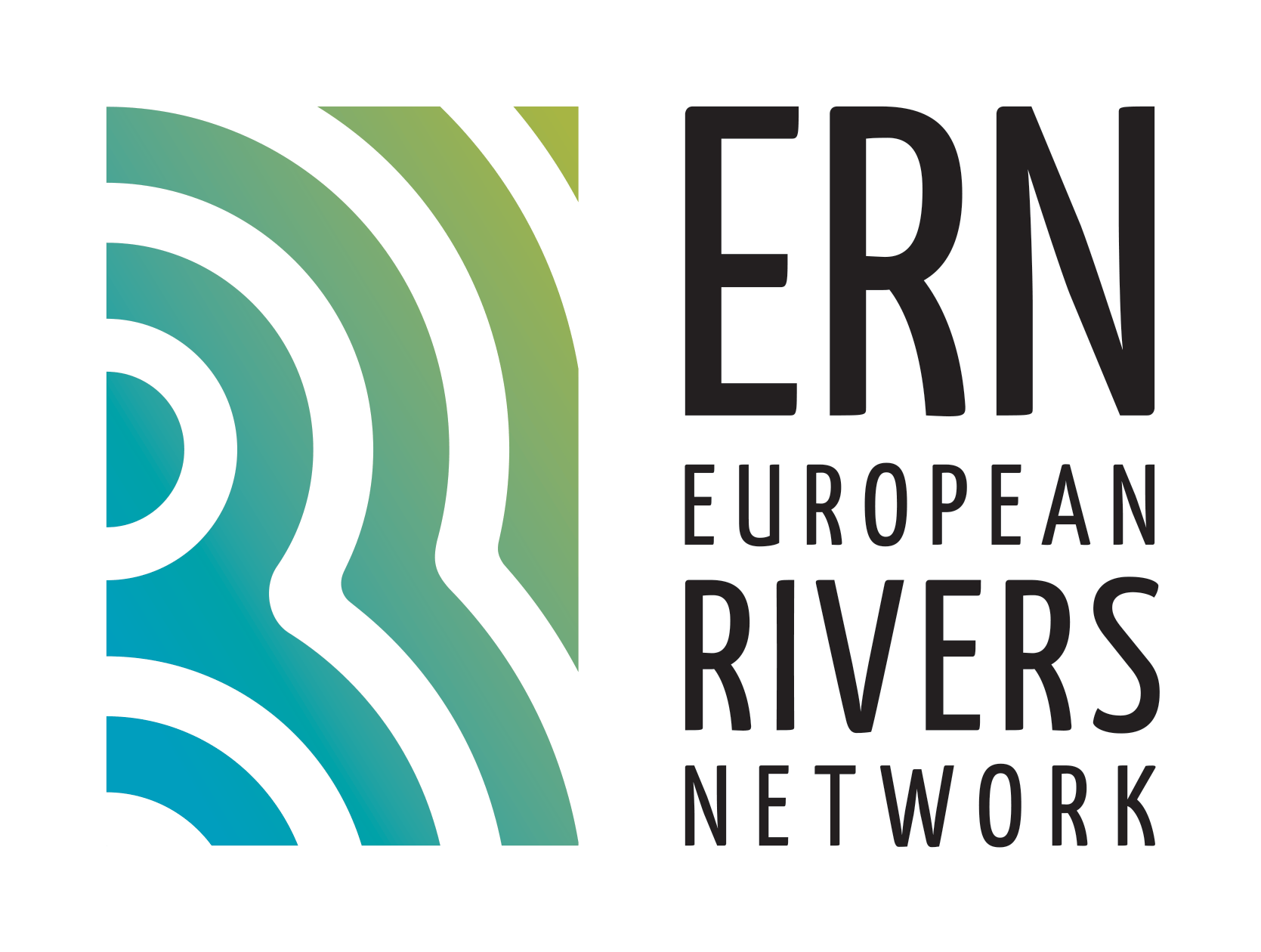
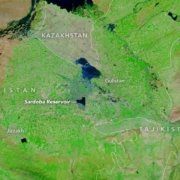 Lauren Dauphin/NASA Earth Observatory]
Lauren Dauphin/NASA Earth Observatory]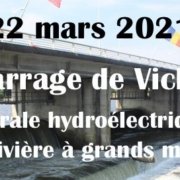
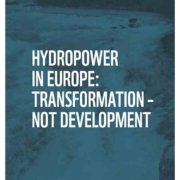

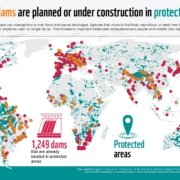

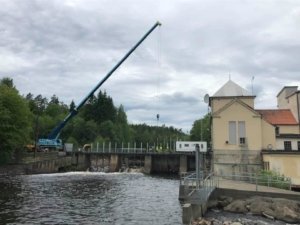 Hydropower dam: Marieberg , Sweden
Hydropower dam: Marieberg , Sweden
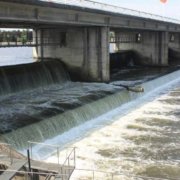


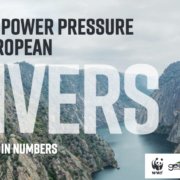

 © FLUVIUS, commandé par le WWF, Riverwatch, EuroNatur, GEOTA
© FLUVIUS, commandé par le WWF, Riverwatch, EuroNatur, GEOTA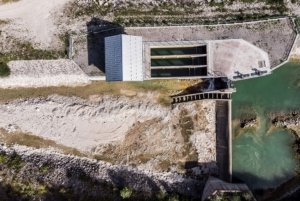 © Amel Emric
© Amel Emric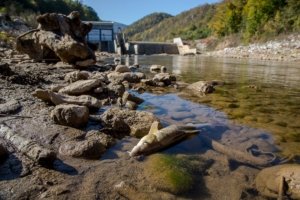 © Amel Emric
© Amel Emric ERN France
ERN France ERN is the official WWF Freshwater Partner in France and cooperates with WWF Switzerland, Austria, Netherlands and others
ERN is the official WWF Freshwater Partner in France and cooperates with WWF Switzerland, Austria, Netherlands and others